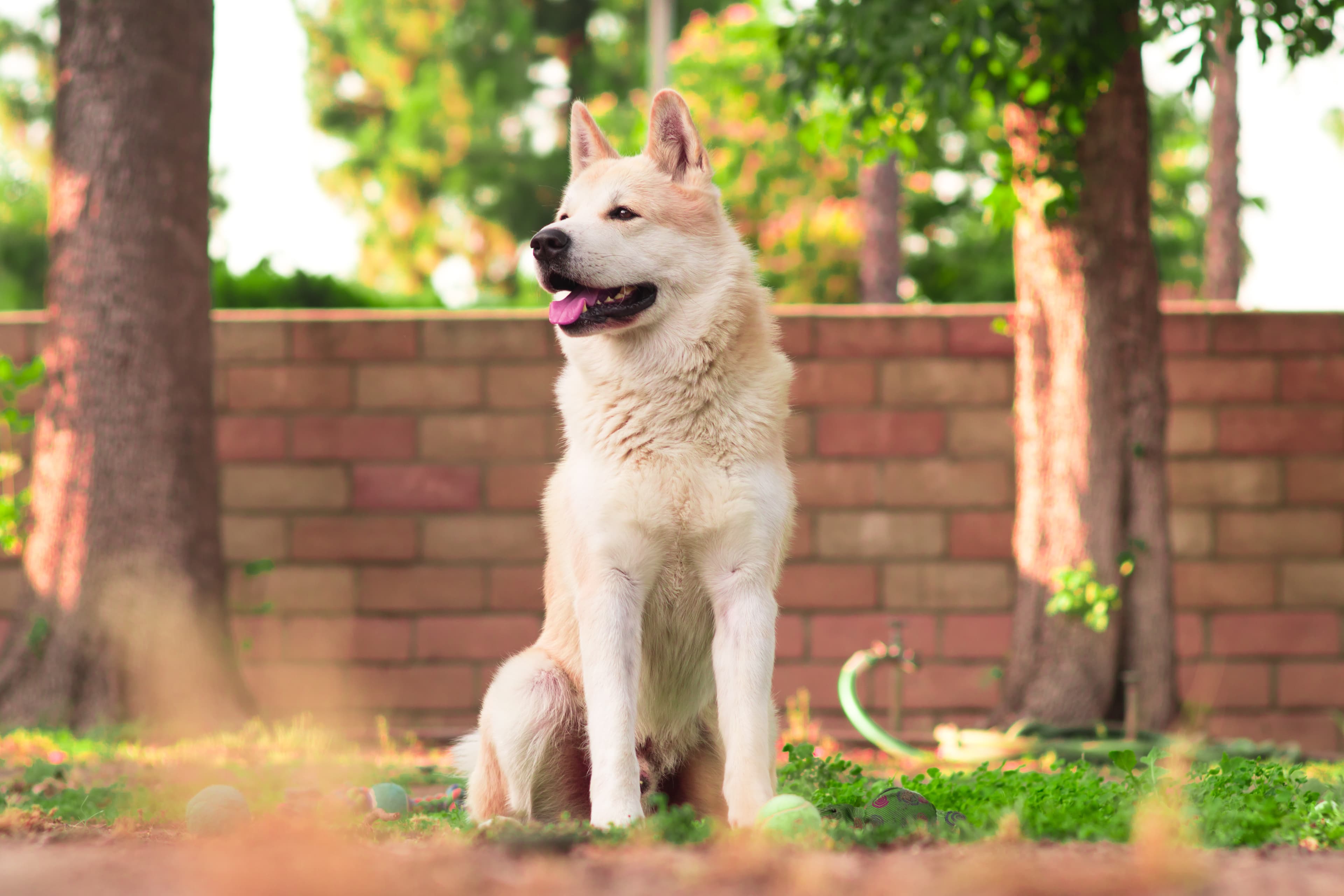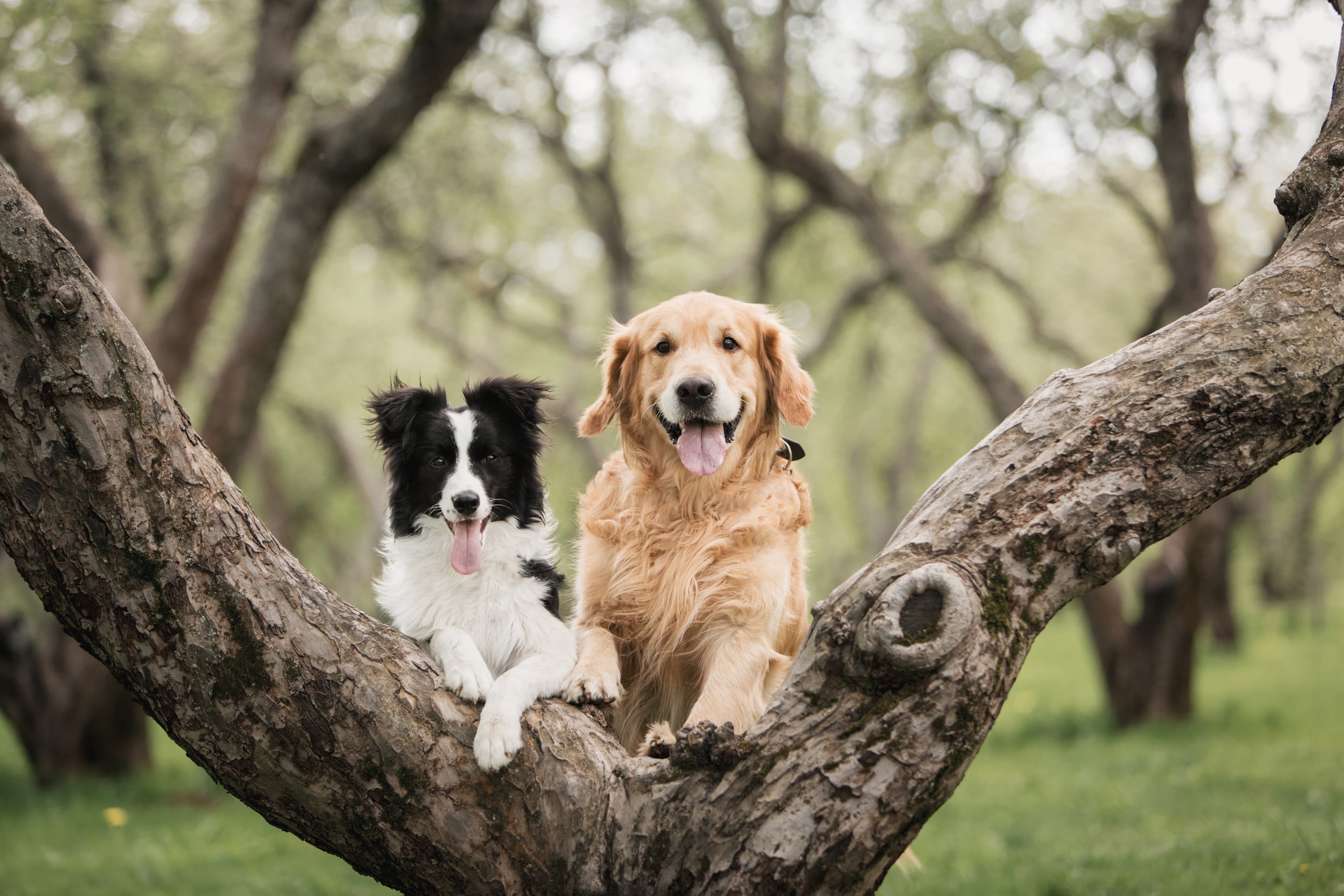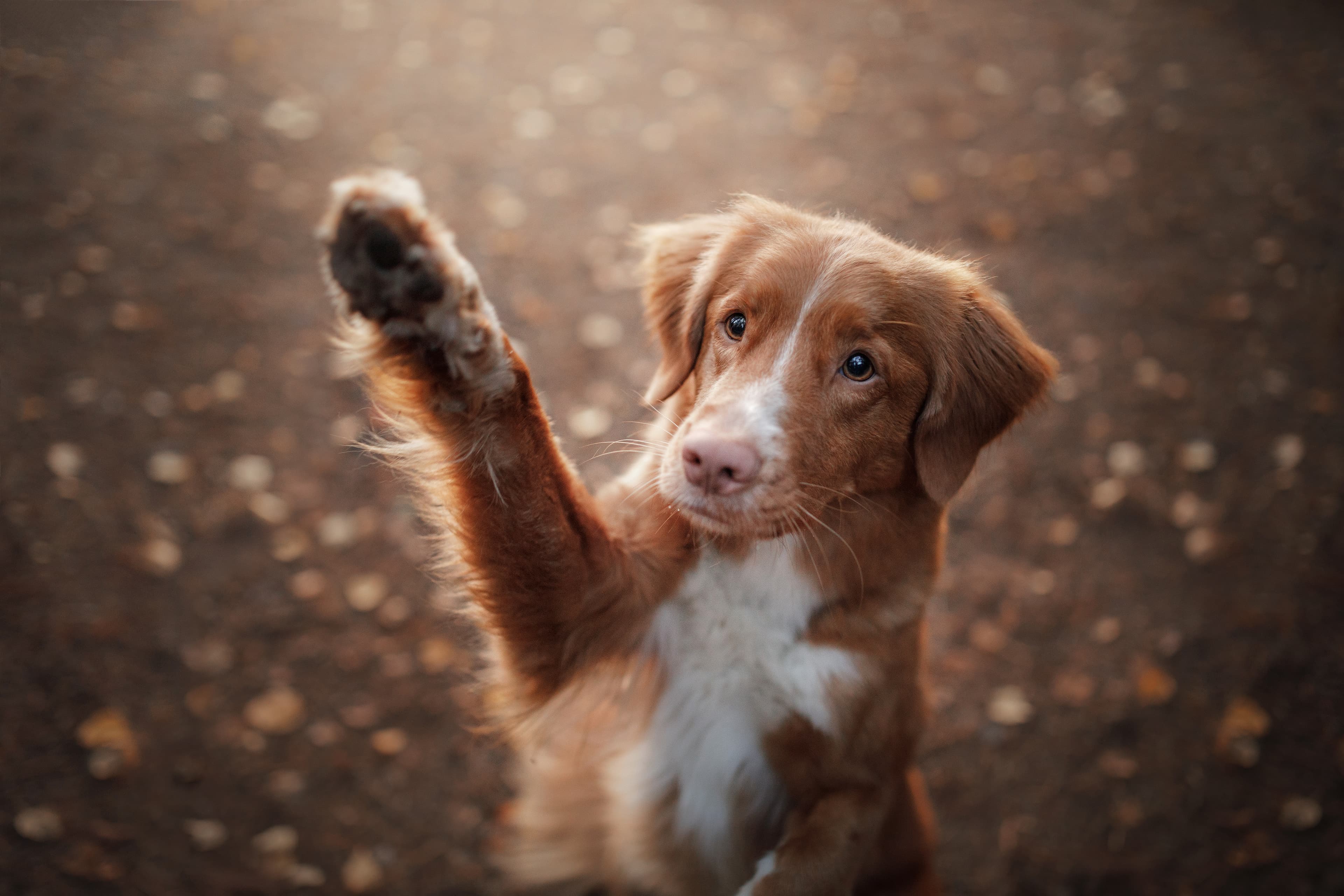Prevention in old age - Joints
Something that dog owners may not eagerly confront is the advancing age of their four-legged companions. We love our pets so much that the mere thought of aging can cause concern. Nevertheless, it makes a lot of sense to address this issue early on, as many ailments affecting our senior dogs can be identified, prevented, and alleviated in their early stages. Here's a brief overview of common age-related issues that your dog may potentially face:
Joint diseases (such as arthritis)
Incontinence
Organ diseases (under/over-functioning, malfunctions, etc.)
Dental diseases and tooth wear
Impairment of eyesight and hearing
Tumors
Dementia
Many age-related ailments are quite normal and even "harmless" for your dog. However, consulting with a veterinarian is always advisable, as they can maintain or possibly improve your dog's quality of life through appropriate measures. A holistic approach involving a animal practitioner, physiotherapist, or nutritionist can also assist in supporting your aging dog optimally.
In old age, you can support your dog with the following measures to detect potential illnesses early and alleviate discomfort:
Regular mouth inspection and dental care
Annual blood tests at the veterinarian
Adjustment of food and necessary nutrients based on individual needs
Examine behavioral changes for underlying causes (possibly pain, dementia, impairment of eyesight/hearing)
Strengthening of muscles through targeted exercises
Brain training for the dog
Focus: Joint wear
A particular concern for the challenges of aging in your dog is joint wear, as this condition is often avoidable and can be improved and sometimes even prevented through simple behavioral rules and exercises in advance. Therefore, it is important to take preventive action in your dog's early years to protect and counteract joint wear.
What should you consider?
Less is more! Vigorous movements often come at the expense of the joints and should ideally be avoided. This includes especially high jumps and quick stops. Additionally, the wrong surface during prolonged activity or a slippery floor at home can lead to improper stress on the joints. In daily life, this means:
Prevent your dog from slipping at home, for example, by using carpets or a textured floor.
Assist your dog when getting out of the car. You can lift your dog from the car, use a ramp, or utilize a special harness to slow down the jump. Avoid long rides or jogging on asphalt. This surface is very hard, putting a significant strain on the joints. Forest or sand surfaces are much more suitable for exercising with your dog.
Well-thought-out ball games. While chasing a ball releases plenty of endorphins, every stop your dog makes is harmful to the joints. Ideally, move the ball game to the water, where you can not only enjoy the game but also strengthen your dog's muscles and protect its joints! Alternatively, you can turn the ball game into a small training session where your dog is allowed to retrieve the ball in a controlled manner, avoiding abrupt stops and promoting concentration and impulse control.
Joints need nutrition! Your dog's diet influences its entire body. In the case of joint problems, you can have a significant impact on possible inflammatory processes and the production of joint lubricant through nutrition.
Build muscle! The better-muscled your dog is, the better its joints are relieved with every small movement. At the same time, you prevent misalignments that could negatively affect the joints.
Excess weight is harmful! Try to avoid any form of excess weight in your dog, as every extra gram is an additional burden on the joints. If you are unsure about your dog's ideal weight, contact your veterinarian or a dog nutritionist. They can help you make the correct assessment and advise you on necessary weight gain or loss.
Who rests, rusts! Too little movement is also harmful to the joints. Ensure appropriate and regular exercise for your dog. Swimming is particularly beneficial.
What to do if it already hurts?
If your dog is already struggling with joint wear, you still have many options to make its life easier and provide support.
Relieve pain! Consult your veterinarian about measures and medications that make sense. Pain can significantly impact the quality of life and is generally well relieved by painkillers.
Avoid additional stress! Prevent (if possible) specific movements (e.g., jumps/stops), drastic temperature fluctuations (heat/cold), hard surfaces while lying/sitting, and nutrient deficiencies in the diet.
Physiotherapy for support! Whether it's a water treadmill, laser therapy, or massage, a physiotherapist has various ways to support you and your dog with joint problems. A visit to the physiotherapist can become genuine wellness for your dog.
Use supplements! Talk to a veterinarian about possible supplements or seek assistance from a nutritionist. Suitable supplements may include those with green-lipped mussel, MSM, devil's claw, collagen, turmeric, glucosamine, and chondroitin.
The better you know and observe your dog, the quicker you will notice potential complaints and pain. In general, the rule is: the earlier the complaints are treated, the better! Therefore, do not wait until the symptoms worsen; start treatment early so that your dog can lead a happy and fulfilling life even with joint problems.






